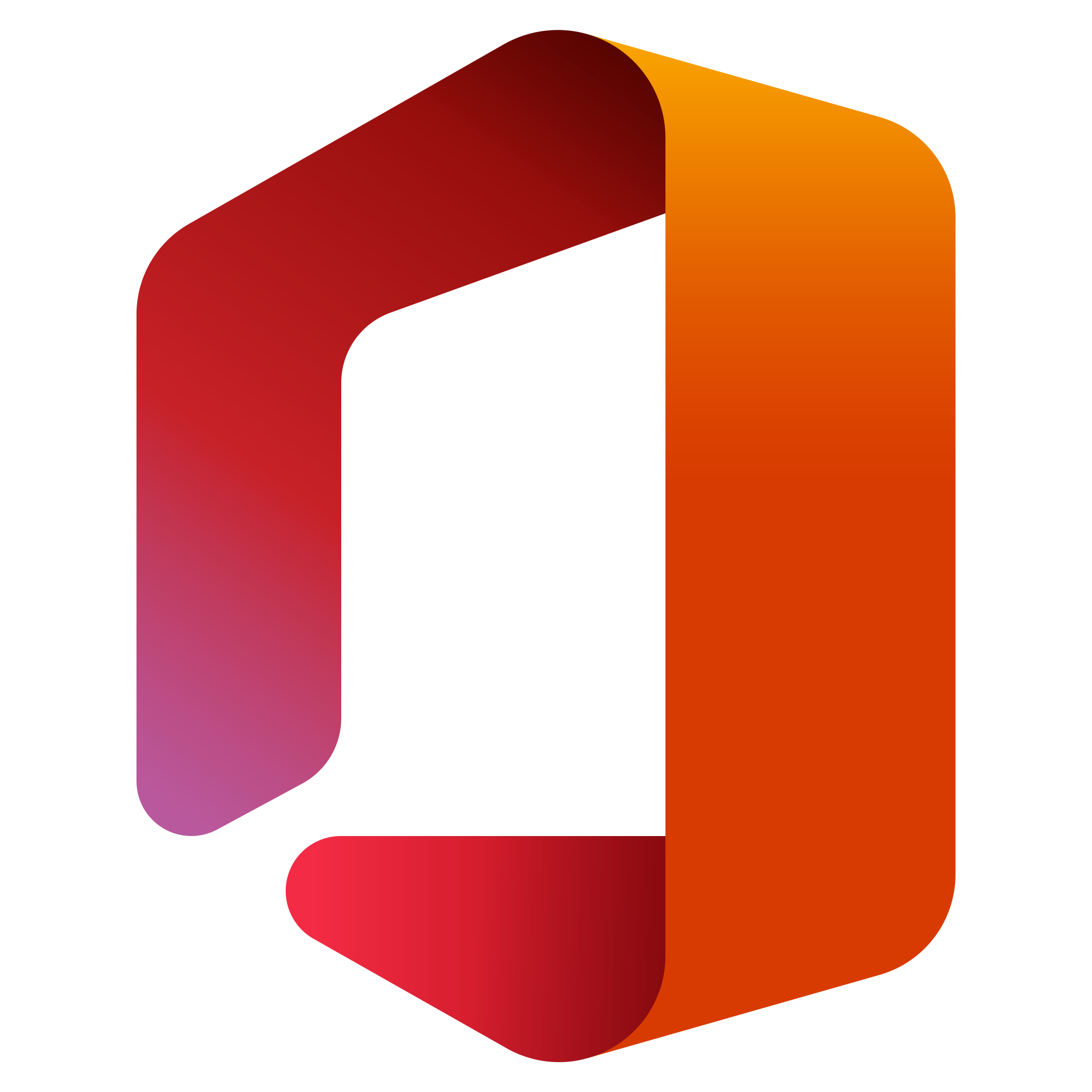
Awarded best game and best art of year 2 IGAD 🏆
Vana is a 3D platformer that has the player use a telekinetic ability to solve puzzles and progress through the game, while the story explores themes of loss and perseverance.
My role in this project: Level and Game -designer
Team size: 20 members
Timespan: 6 months
What did I work on?
During this project I worked mostly on level design and, in addition, on audio design, narrative design, QA and setdressing.
I worked on 7 level sections, the lighting of 3 level sections, setdressing of 2 sections, the leading lines of the narrative and 2 audio effects.
Below is a breakdown of my work within this project.
Level design (Final Build)
In the first part of this level section the player surfs across multiple platforms. Their placement allows the player to flow through, but still leaves a challenge. This makes the section feel like a reward for beating the boss enemy.
The final version of the level features a section I designed as a bridge between the previous section, its boss-fight, and the end of the game, rewarding the player with a challenge using (what playtesters said was) the game’s most fun mechanic—the slippery platforms.
Additionally, the section has nods to the game's narrative. This is best seen in the first part of the section. The geometry suggests a “light at the end of the tunnel”, both representing better times to come and a passage to the afterlife.
After this, the player encounters a platforming challenge. The platforms need to be extended from the wall using the telekinesis mechanic and will also retract back into the wall after a couple of seconds. The player has encountered these platforms before, yet the retraction is much faster in this scene, making the player feel rushed.
Early development sketches
Lighting-pass cave section
Before setdressing, I worked on a lighting pass in the cave section of the level and the scene right before it, here are some before and after screenshots:
Before
After
Because the challenge in this scene has a fairly high difficulty, I wanted to portray it with the lighting as well. When the player enters “The Tower“, most of the lights are cold in color (blues and purples almost everywhere, with some yellow and orange lights to guide the player along the golden path).
Playtesters were unsure how to proceed in this section before the lighting pass. With this information I sought to highlight the golden path, which in this case, is also the objective of the puzzle they were supposed to solve in the scene before it.
Entering the caves, the player encounters their first enemy.
There was already a distinct color-code in our game (warm colors and greens for completion and safety, cold colors and especially purple for dangers) , thus I had the lights in this scene leading up to the enemy fade from yellows and oranges to purple between objects.
Exploration & Experimentation
I have experimented with different methods of shading, mainly, cell shading and outlines. The game has a cartoony look, which is why I explored potential use of these methods to leash the player and add contrast between playspace and edge of world.
During the project, I experimented with different techniques to grab the player’s attention, guide them along the golden path, and portray certain emotions.
One of the methods I explored was the Dolly Zoom. Distorting the perspective can give the player an uneasy feeling and make objects seem further or closer than they actually are. Combined with level design this effect can work well for both environmental story telling, as well as leashing.
But what truly made this project as amazing as it was—our team!
“For an aligned vision, we first need an aligned blood/alcohol"
-Team Based
Tools used
-

Unreal Engine 4
Within unreal engine I worked on the levels and blueprints as well as used the camera and it’s features to experiment with.
-

Microsoft Office Suite
Used for communicating (teams) and documentation of iteration, design etc.
-

P4V
The School’s Perforce server was used for version control.
-

Jira
Used for planning, and logging bugs.
-

Miro
Used as a digital whiteboard and collection point for notes, links to research documents, sprint -planning and -review etc.













